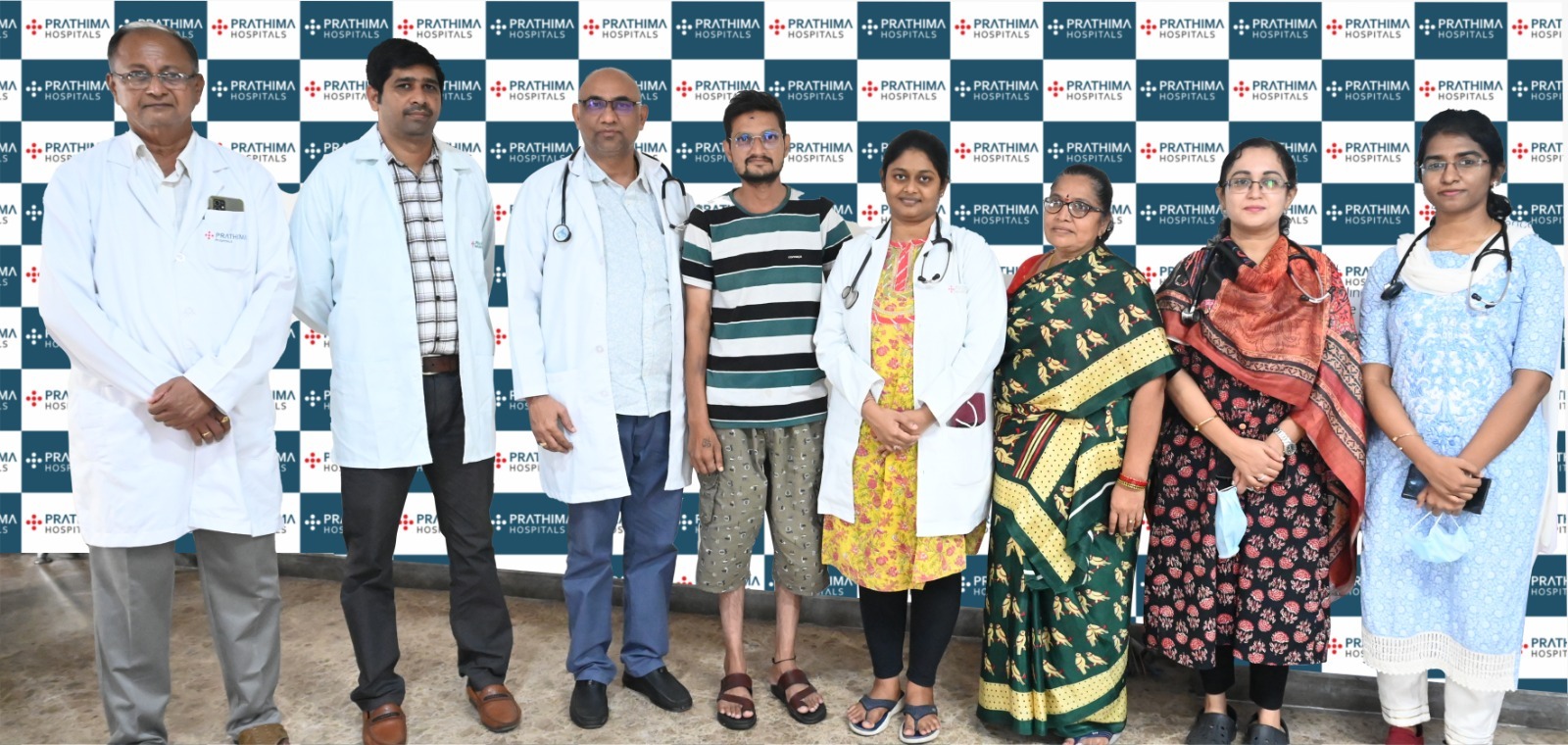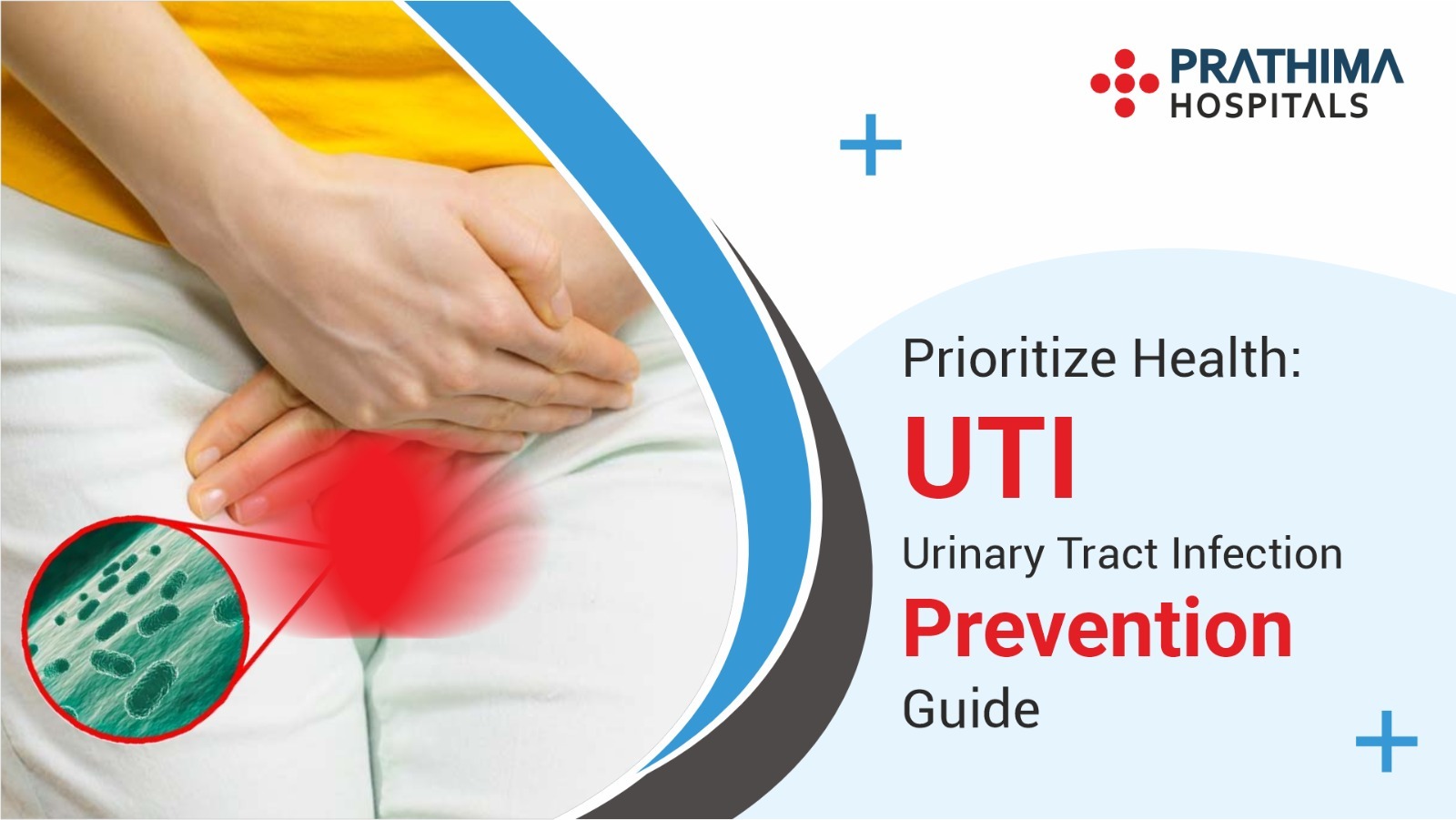Understanding Arthritis: Risks, Causes, and Management!

Early Diagnosis and Management of Arthritis
Arthritis represents a prevalent yet intricate cluster of musculoskeletal disorders impacting a substantial global population. This condition is marked by joint inflammation, culminating in discomfort, enlargement, and compromised movement. According to the Best ortho specialist in Hyderabad, the susceptibility to arthritis differs individually, moulded by an amalgamation of genetic, environmental, and lifestyle elements. Within this article, we will delve into the diverse classifications of arthritis, their corresponding risk elements, underlying triggers, and tactics for effectively handling this ailment.
Types of Arthritis:
There are over 100 types of arthritis, and each has its own distinctive features. Two of the most commonly occurring types are osteoarthritis (OA) and rheumatoid arthritis (RA).
- Osteoarthritis (OA): Osteoarthritis is commonly known as “wear-and-tear” arthritis. This condition develops as the protective cartilage that acts as a cushion between the ends of bones deteriorates gradually over time. This degeneration leads to sensations of pain, stiffness, and a noticeable decrease in joint flexibility. The weight-bearing joints, such as the knees, hips, and spine, are frequently susceptible to the effects of osteoarthritis.
- Rheumatoid Arthritis (RA): RA is an autoimmune disorder where the immune system mistakenly attacks the synovium, the lining of the membranes that surround the joints. This leads to inflammation, pain, and potential joint damage. RA often affects multiple joints simultaneously and can also affect other organs in the body.
Risk Factors for Arthritis:
While the exact cause of arthritis remains unclear, several risk factors have been identified that can increase an individual’s likelihood of developing the condition:
- Age: The risk of developing arthritis increases with age, particularly for osteoarthritis. The wear and tear on joints over time can lead to the deterioration of cartilage and the development of arthritis symptoms.
- Genetics: Family history plays a significant role in arthritis risk. If a close family member, such as a parent or sibling, has arthritis, your likelihood of developing the condition may be higher.
- Gender: Some types of arthritis, such as rheumatoid arthritis, are more common in women than in men. Hormonal and genetic factors are believed to contribute to this disparity.
- Obesity: Excess weight puts additional stress on weight-bearing joints, increasing the risk of developing osteoarthritis. Additionally, fat tissue produces inflammatory substances that can contribute to joint inflammation.
- Joint Injuries: Previous joint injuries or trauma, such as fractures or dislocations, can increase the risk of developing arthritis in the affected joints.
- Occupational Hazards: Certain occupations that involve repetitive joint movements, heavy lifting, or exposure to vibrations may increase the risk of developing arthritis.
- Infections: Infections that affect the joints can sometimes trigger the development of reactive arthritis or septic arthritis.
- Lifestyle Factors: Lack of physical activity, a sedentary lifestyle, and poor nutrition can contribute to the development of arthritis. Regular exercise helps maintain joint health and prevents stiffness.
Causes of Arthritis:
The causes of arthritis are multifaceted and can differ based on the type of arthritis. While the exact mechanisms are not always fully understood, several factors are believed to contribute to arthritis development:
- Inflammation: Inflammation is a common factor in many types of arthritis. Chronic inflammation can lead to joint damage and contribute to the pain and swelling associated with the condition.
- Autoimmunity: In autoimmune forms of arthritis like rheumatoid arthritis, the immune system attacks the body’s own tissues, including the synovium. This immune response contributes to joint inflammation and damage.
- Genetic Predisposition: Certain genes have been linked to an increased risk of developing specific types of arthritis. However, having a genetic predisposition does not guarantee that an individual will develop the condition.
- Environmental Triggers: Environmental factors such as infections or exposure to toxins may trigger the onset of arthritis in individuals with a genetic predisposition.
- Joint Mechanics: In osteoarthritis, the mechanical stress placed on joints over time can lead to cartilage breakdown as per the Best Orthopedician in Kukatpally. Misalignments, joint instability, and overuse can all contribute to this process.
- Hormones: Hormonal changes, particularly in women, may influence the development of certain types of arthritis. This is particularly evident in rheumatoid arthritis, which is more common in women of childbearing age.
Managing Arthritis:
While arthritis is a chronic condition, there are numerous strategies available to manage its symptoms and improve quality of life. Collaborating closely with healthcare experts to devise a tailored treatment regimen is of paramount importance. Here are several prevalent strategies employed to effectively manage arthritis:
- Medications: Medications play a pivotal role in addressing arthritis symptoms. Over-the-counter pain relievers, including acetaminophen or nonsteroidal anti-inflammatory drugs (NSAIDs), are frequently employed to alleviate discomfort and curb inflammation.
- Lifestyle Modifications: Weight management is crucial for individuals with arthritis, particularly osteoarthritis. Maintaining a healthy weight reduces stress on the joints and can alleviate symptoms. Regular exercise, tailored to the individual’s abilities, can also strengthen muscles, improve joint flexibility, and promote overall well-being.
- Physical Therapy: Physical therapists can design exercise programs to improve joint function, increase range of motion, and strengthen supportive muscles. They can also teach individuals techniques to protect their joints during daily activities.
- Occupational Therapy: Occupational therapists focus on helping individuals manage daily tasks more effectively. They provide strategies to reduce strain on joints while performing routine activities.
- Assistive Devices: Splints, braces, and assistive devices like canes or walkers can help relieve pressure on joints and improve mobility.
- Surgery: In cases of severe joint damage that significantly affects quality of life, surgical interventions such as joint replacement may be recommended. Joint replacement surgery can provide long-lasting pain relief and improved joint function.
- Alternative Therapies: Some individuals find relief from arthritis symptoms through complementary and alternative therapies such as acupuncture, yoga, tai chi, and dietary supplements. While these approaches may not work for everyone, they can be considered as part of a comprehensive treatment plan.
Prevention:
Prevention plays a crucial role in reducing the risk of developing arthritis and maintaining joint health as per the Best Orthopedic Hospital in Hyderabad, Prathima Hospitals. While some factors that contribute to arthritis, such as age and genetics, are beyond our control, there are several proactive steps you can take to minimize the likelihood of developing this condition. Here are detailed strategies for preventing arthritis:
- Maintain a Healthy Weight:
Excess weight places additional stress on the joints, particularly in weight-bearing areas like the knees, hips, and spine. This stress can accelerate the breakdown of cartilage and increase the risk of developing osteoarthritis.
- Balanced Diet: Maintaining a balanced diet is paramount. Embrace a nutritional regimen teeming with fruits, vegetables, whole grains, lean sources of protein, and wholesome fats. Limit your intake of processed foods, sugary snacks, and sweet drinks.
- Portion Control: Prevent weight gain and overeating with proper portion sizes.
- Hydration: Drink plenty of water to maintain overall health and support joint function.
- Engage in Regular Physical Activity:
Regular exercise is essential for maintaining joint flexibility, strengthening muscles, and supporting overall joint health.
- Low-Impact Activities: Choose low-impact exercises such as walking, swimming, cycling, and tai chi. These activities minimize joint strain while providing cardiovascular benefits.
- Strength Training: Include resistance exercises to build muscle strength and stabilize joints.
- Flexibility Exercises: Incorporate stretching and range-of-motion exercises to maintain joint flexibility.
- Warm-Up and Cool-Down: Prioritizing warm-up and cool-down routines is essential. Prior to engaging in exercise, ensure you perform a proper warm-up to prepare your body. After exercise, engage in a thorough cool-down regimen to reduce the risk of injuries.
- Practice Joint Protection:
Using proper body mechanics and joint protection techniques can help prevent unnecessary stress on your joints during daily activities.
- Lift Safely: When lifting heavy objects, bend your knees and use your leg muscles instead of straining your back.
- Avoid Overuse: Alternate between activities that put stress on different joints to prevent overuse injuries.
- Ergonomics: Maintain proper posture while sitting, standing, and working to reduce strain on your spine and joints.
- Avoid Joint Injuries:
Protecting your joints from injuries can prevent the development of arthritis in the long run.
- Use Proper Equipment: Wear appropriate safety gear when participating in sports or activities that carry a risk of joint injury.
- Warm-Up: Always warm up before engaging in physical activities to prepare your joints and muscles.
- Listen to Your Body: If you experience pain or discomfort during an activity, stop and rest to avoid overexertion.
- Stay Hydrated:
Proper hydration is essential for maintaining joint health and overall bodily function.
- Water Intake: Drink enough water throughout the day to keep your body well-hydrated. Hydration supports the lubrication of joints and helps prevent stiffness.
- Protect Your Joints During Work:
If your occupation involves repetitive motions or heavy lifting, take steps to protect your joints from strain.
- Ergonomic Setup: Ensure your workspace is ergonomically designed to promote good posture and reduce strain on your joints.
- Take Breaks: Incorporate short breaks during your workday to stretch and change positions.
- Wear Appropriate Footwear:
According to the Best Ortho Surgeon in Kachiguda, proper footwear provides support and cushioning for your feet and helps distribute body weight evenly.
- Comfortable Shoes: Choose shoes that fit well, provide arch support, and have adequate cushioning.
- Consider Orthotics: If you have specific foot issues, custom orthotic inserts can help provide additional support.
- Maintain Overall Health:
Your overall health can impact the health of your joints. Taking care of your body can help prevent inflammation and support joint function.
- Healthy Habits: Avoid smoking and excessive alcohol consumption, as they can contribute to inflammation and other health issues.
- Regular Checkups: Schedule regular medical checkups to monitor your overall health and address any concerns promptly.
In Conclusion:
There is a wide range of conditions associated with arthritis that can have a significant impact on a person’s quality of life. While the risk of developing arthritis is influenced by a combination of factors including age, genetics, and lifestyle, there are strategies available for managing its symptoms and slowing its progression. Early diagnosis, proper medical guidance, and a proactive approach to joint health can make a substantial difference in living well with arthritis. If you suspect you may have arthritis or are experiencing joint pain and discomfort, it’s important to consult a healthcare professional for accurate diagnosis and appropriate management.
.
.
.
.
.
For More Details:
📞:: 733 733 6600 | 040 4345 4345
🌐:: https://prathimahospitals.com/book-appointment/



